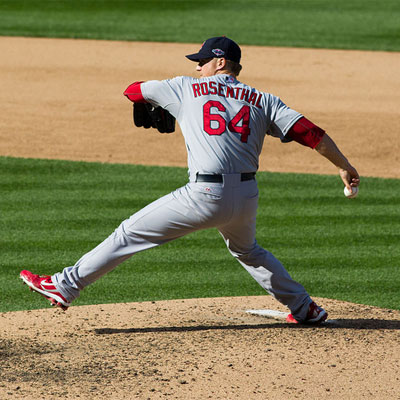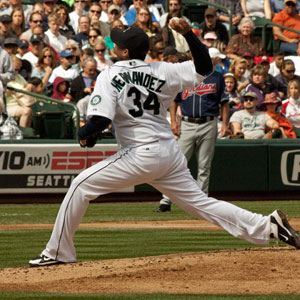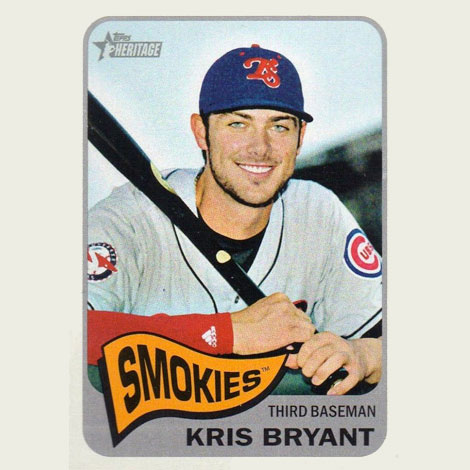It’s understood that our 2016 Fantasy Relief Pitcher rankings are likely going to change faster than any other set of position rankings on this site.
It’s not to say ours aren’t good rankings, but instead, that even good closer rankings are subject to the insanity that is the ninth inning in Major League Baseball.
Why is the closer position the most volatile position in sports, though? Why does this position, year in and year out, go through the most changes compared to every other position in baseball – and sports?
We’ll offer up our theories before we discuss our 2016 Fantasy relief pitchers rankings.
(That’s like saying, “We’re going to review a movie before the editors have come in and completely changed it!)
Why Are Closers Tough to Own in Fantasy Baseball?
Fantasy owners have to be leery of the closers position because it’s different from all the others.
The stress involved in being a closer is unlike any other position, considering when they are called upon, the team is usually in situation where they are expected to win. All they can do is screw it up. A starting pitcher gets multiple innings to correct what mistakes he made, but that’s not so for a closer.
The stress of being a closer is worse than any other position, also, considering they often sit in the bullpen, waiting to see if they’ll be asked to come in and be a hero – day after day. Starters know they’ll have four days of rest between starts.
Plus, most closers in the majors weren’t bred to be closers. In other words, those that end up as closers are most often failed starters. That means they probably have one or two great pitches to work with. Now, they have to adjust how they’ve trained for their entire career.
Plus, there are only about 30 closers in baseball, save for a few committees, which is very different from other positions. Sure, there are really only 30 starting catchers in baseball, but they all take one or two games off a week. Plus —
Yankees closer Aroldis Chapman suspended 30 games for alleged domestic violence incident: https://t.co/d2s8n22ptw pic.twitter.com/LUwHji6erJ
— ESPN (@espn) March 1, 2016
A relief pitcher is the only position that can affect the saves category. Yet, it also has a little effect on ERA, WHIP and strikeouts. That’s like saying first basemen are the only ones that can hit home runs. See how that would change the entire outlook on drafting first basemen?
Something else important to understand about closers is that how good a team is could very well affect the value of a closer in Fantasy Baseball. That’s a strange thing in baseball, considering how it’s a very individualistic sport – one pitcher faces one hitter. But if a team is expected to win 100 games, their closer will have many more opportunities, ideally, than a closer on a team that’s only expected to win 60 games. (In reality, closers on bad teams still do pretty well because they’re rarely overused and they often get a chance at a save in nearly every win opportunity because of few blowout wins.)
Related: Lessons Learned About Closers From 2015
Finally, the mental strength needed by a closer in the majors is different than most other positions in most other sports (a hockey goalie might be the only other comparison). Not only does he have to be strong enough to dominate mentally on the mound, but when he gets knocked around – does he have the mental strength to rebound the next day?
2016 Fantasy Rankings: C | 1B | 2B | SS | 3B | OF | SP | RP | Top 250 | Rookies
2016 Fantasy Relief Pitcher Rankings
These 2016 Fantasy Relief Pitcher Rankings are for 5×5 Rotisserie Mixed leagues, and we’ll work to update these frequently. You can also check out the SCFE staff rankings on 2016 Fantasy Relief Pitchers here.
2016 Fantasy Rankings: C | 1B | 2B | SS | 3B | OF | SP | RP | Top 250 | Rookies
Our 2016 Fantasy Relief Pitcher rankings are certain to change as the season begins and moves into the middle of summer. But remember to attack the relief pitcher category aggressively during free agency and you should come out fine.
Trevor Rosenthal Photo Credit: Keith Allison






















